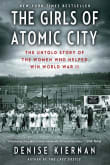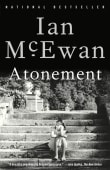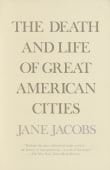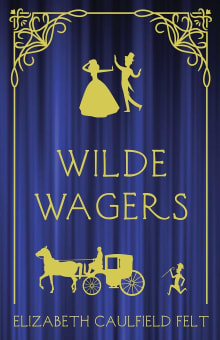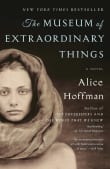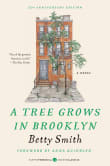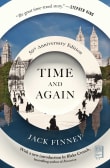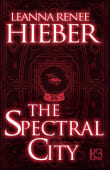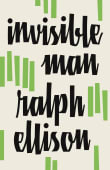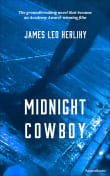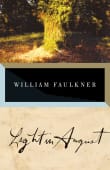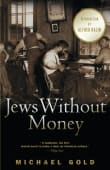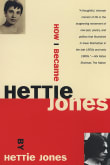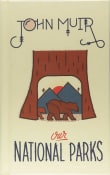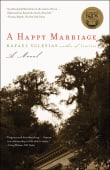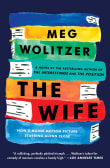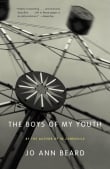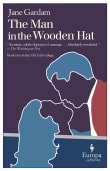The House of Mirth
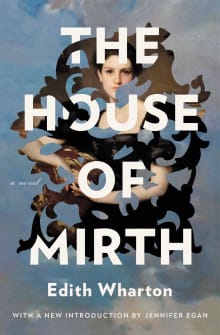
Book description
A bestseller when it was published nearly a century ago, this literary classic established Edith Wharton as one of the most important American writers in the twentieth century-now with a new introduction from Pulitzer Prize-winning author Jennifer Egan.
Wharton's first literary success-a devastatingly accurate portrait of New York's aristocracy at…
Why read it?
8 authors picked The House of Mirth as one of their favorite books. Why do they recommend it?

This novel’s power remains intact every time I read it, even as the nature of the tragedy seems to shift – from the perils of living by one’s looks (my teenage reading) to the cruelty of the world towards women (my young adult reading) to the struggle for personal freedom in a money-obsessed culture (my more recent readings).
Edith Wharton’s novel is a masterpiece, both electrifying and relevant, and worth re-reading as often as possible.
Once you finish the book, watch the Terence Davies-directed film, starring the luminous Gillian Anderson as Lily Bart.
From Jan's list on exploring the world from a female point of view.

Unlike the other titles listed on my list, The House of Mirth was not written with history receding in the rearview mirror. It was published in 1905, and meant to reflect the moral character and social context of a beautiful young woman at the century’s turn in New York. It’s the kind of book I would have wrongly dismissed as a trifle when I was a teenager. But Wharton writes with such pitiless precision and ferocious insight that she makes her story seem as modern as a Netflix show about Anna Delvey, the grifter. Of course, Wharton portrays her protagonist,…
From Peter's list on making history feel like it just happened.

What’s not to love? Edith Wharton, a member of Gilded Age upper-crust society, used her pen to skewer the mores and strict social conventions of her increasingly shallow and avaricious class. Her heartrending main character, Lily Bart, manages to fall afoul of the rigid rules that prescribed the behavior of a woman of her standing. A small misstep makes her a pariah—and dooms her to a tragic fate. Though set in the late nineteenth century, the novel’s characters are so richly drawn that the book feels as if it could have been written today.
From Donna's list on women who broke the rules—or new ground.
If you love The House of Mirth...

Before Tinder, before The Real Housewives franchise, before even love songs and romance novels, marriage was more deal book than love match. In this delightfully subversive novel of manners, Edith Wharton tells the story of Lily Bart, a well-born but impoverished woman on the hunt for a suitable (e.g., wealthy) mate that won’t bore her silly, control, or betray her. That Lily can’t or won’t conform to what she must do to survive is part tragedy, part triumph. You can’t help but root for Lily’s idealism even as you wish she would just save herself already. Wharton’s eye for the…
From Joanne's list on the truth about love and marriage.

Theodore Roosevelt and Wharton were children of Old New York and shaped by the values of the Gilded Age. They were intellectual and highly creative, and both were little inclined to settle for a soft, safe life that often comes with great wealth. Roosevelt knew and admired Edith Wharton and loved her novel because she tells the truth about money and happiness. As Wharton put it, “A frivolous society can acquire dramatic significance only through what its frivolity destroys.” Her bestseller in 1905 tells the story of Lily Bart. He loved the novel because he too understood the destructive power…
From Thomas' list on Theodore Roosevelt read in the White House.

Oh, how I adore Edith Wharton. She skewers the cruelty of Old New York aristocracy—her world—in such elegant, nuanced prose. The House of Mirth is Wharton’s masterpiece. The doomed heroine, Lily Bart, infuriates me—she’s so shallow, so foolish, so blind. She has such terrible values. But I also get that she’s a victim because she’s a woman with fancy tastes and no money, at a time when women had no options besides marriage. That Wharton also makes Lily beautiful—and therefore even more vulnerable to abuse by men—adds to the tragedy. Everybody uses Lily, most of all…
From Alice's list on terrible, beautiful New York.
If you love Edith Wharton...

In a twist of dramatic irony that is perhaps all too common, Edith Wharton’s elegantly structured novel successfully sets out to call attention to injustices—the barriers that society erects to limit the power of women and ensure the malleability of the poor—while being itself an example of another. However heart-felt a call for equality, The House of Mirth nevertheless portrays its one Jewish character with much of the thoughtless anti-Semitism that was de rigueur at the time and for many Americans today remains practically an addiction. A book that I read on its own terms but also which I feel…
From Tadzio's list on to read while American democracy implodes.

House of Mirth is a classic by Edith Wharton, described perfectly by its author as: “ A frivolous society can acquire dramatic significance only through what its frivolity destroys.” It’s the Gilded Age and 29-year-old society girl Lily Bart’s time to find a husband is in its last season. ”Why must a girl pay so dearly," Lily contemplates being bored all afternoon by dull Percy Grice, "on the bare chance that he might ultimately do her the honor of boring her for life?" A more interesting Lawrence Selden arrives and Lily’s downfall begins.
House of Mirth continues to shake me…
From Eileen's list on history set in New York City.
If you love The House of Mirth...
Want books like The House of Mirth?
Our community of 12,000+ authors has personally recommended 91 books like The House of Mirth.


